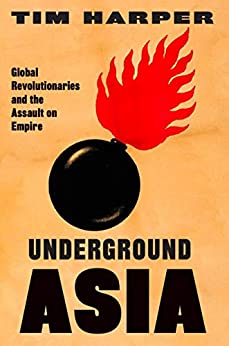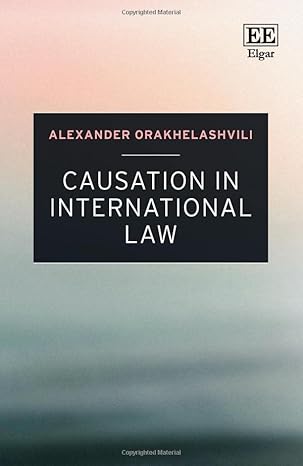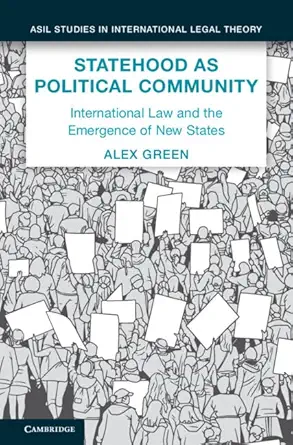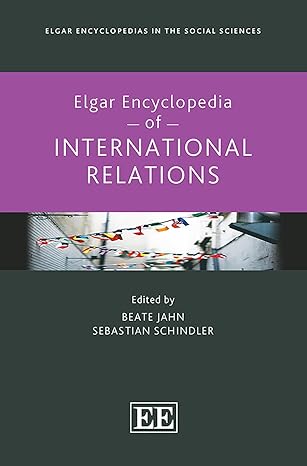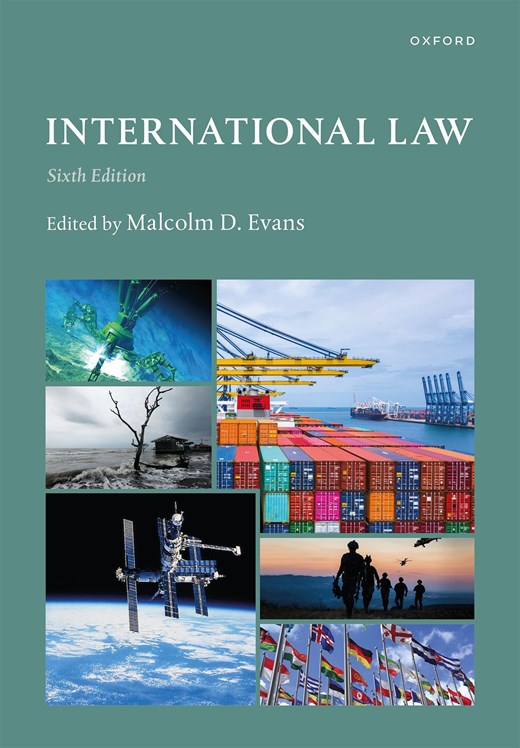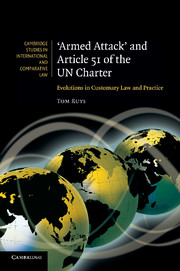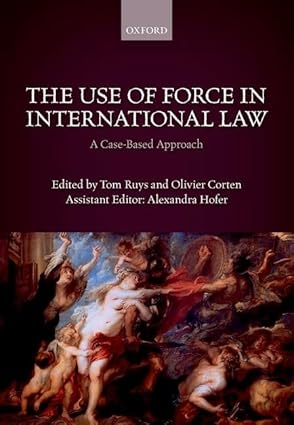A major historian tells the dramatic and untold story of the shadowy networks of revolutionaries across Asia who laid the foundations in the early twentieth century for the end of European imperialism on their continent.
This is the epic tale of how modern Asia emerged out of conflict between imperial powers and a global network of revolutionaries in the turbulent early decades of the twentieth century.
In 1900, European empires had not yet reached their territorial zenith. But a new generation of Asian radicals had already planted the seeds of their destruction. They gained new energy and recruits after the First World War and especially the Bolshevik Revolution, which sparked utopian visions of a free and communist world order led by the peoples of Asia. Aided by the new technologies of cheap printing presses and international travel, they built clandestine webs of resistance from imperial capitals to the front lines of insurgency that stretched from Calcutta and Bombay to Batavia, Hanoi, and Shanghai. Tim Harper takes us into the heart of this shadowy world by following the interconnected lives of the most remarkable of these Marxists, anarchists, and nationalists, including the Bengali radical M. N. Roy, the iconic Vietnamese leader Ho Chi Minh, and the enigmatic Indonesian communist Tan Malaka. He recreates the extraordinary milieu of stowaways, false identities, secret codes, cheap firearms, and conspiracies in which they worked. He shows how they fought with subterfuge, violence, and persuasion, all the while struggling to stay one step ahead of imperial authorities.
Undergound Asia shows for the first time how Asia’s national liberation movements crucially depended on global action. And it reveals how the consequences of the revolutionaries’ struggle, for better or worse, shape Asia’s destiny to this day.
چکیده فارسی
یک مورخ بزرگ داستان دراماتیک و ناگفته شبکه های سایه انقلابیون در سراسر آسیا را روایت می کند که در اوایل قرن بیستم پایه های پایان امپریالیسم اروپایی را در قاره خود بنا نهادند.
این داستان حماسی از چگونگی ظهور آسیای مدرن از تضاد بین قدرت های امپراتوری و شبکه جهانی انقلابیون در دهه های آغازین پرتلاطم قرن بیستم است.
در سال 1900، امپراتوری های اروپایی هنوز به اوج سرزمینی خود نرسیده بودند. اما نسل جدیدی از رادیکال های آسیایی از قبل بذر نابودی خود را کاشته بودند. آنها پس از جنگ جهانی اول و به ویژه انقلاب بلشویکی، که جرقهای در مورد دیدگاههای اتوپیایی از نظم جهانی آزاد و کمونیستی به رهبری مردم آسیا بود، انرژی و نیروهای تازهای به دست آوردند. آنها با کمک فناوری های جدید چاپخانه های ارزان قیمت و سفرهای بین المللی، شبکه های مخفی مقاومت را از پایتخت های امپراتوری تا خط مقدم شورش که از کلکته و بمبئی تا باتاویا، هانوی و شانگهای امتداد داشت، ساختند. تیم هارپر با دنبال کردن زندگی به هم پیوسته برجستهترین مارکسیستها، آنارشیستها و ناسیونالیستها، از جمله M. N. Roy رادیکال بنگالی، هوشی مین رهبر نمادین ویتنامی، و تان کمونیست اندونزیایی مرموز، ما را به قلب این دنیای سیاه می برد. ملاکا. او محیط خارقالعادهای از راهروها، هویتهای جعلی، کدهای مخفی، سلاحهای گرم ارزان، و توطئههایی را که در آن کار میکردند، بازسازی میکند. او نشان می دهد که چگونه آنها با مزاحمت، خشونت و متقاعد کردن مبارزه کردند، در حالی که در تلاش برای ماندن یک قدم جلوتر از مقامات امپراتوری بودند.
آسیای زیرزمینی برای اولین بار نشان میدهد که چگونه جنبشهای آزادیبخش ملی آسیا به طور اساسی به اقدام جهانی بستگی دارد. و نشان میدهد که چگونه عواقب مبارزات انقلابیها، خوب یا بد، سرنوشت آسیا را تا امروز رقم میزند.
ادامه ...
بستن ...
